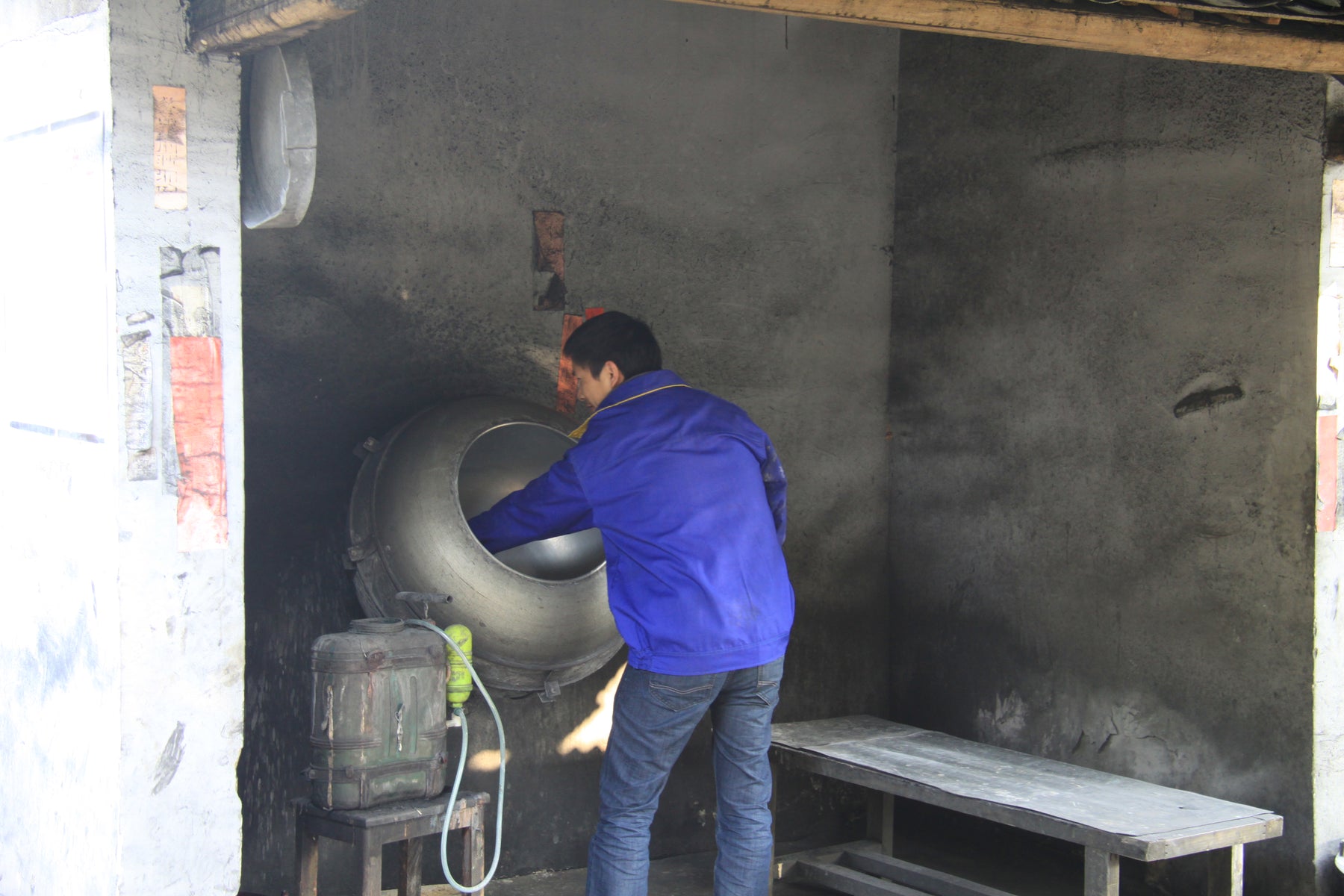
Greek Fire - Chinese Ideas
The first civilization that employed the use of gunpowder in warfare was medieval China, beginning in the Five Dynasties and Ten Kingdoms period (907–960 AD).
The impetus for the development of gunpowder weapons in China was increasing encroachment by tribes on its borders. From the 10th century until the 13th century, advances in military technology aided the Song Dynasty in its defence against their hostile neighbours to the north, including the Tanguts, Khitans, Jurchens, and finally the Mongols.
The discovery of gunpowder in the 800s and the subsequent invention of firearms in the 1100s both coincided with long periods of disunity during which there was some immediate use for infantry and siege weapons.
The years 904–906 saw the use of incendiary projectiles called 'flying fires' (fei-huo). Needham (1986) argues that gunpowder was first used in warfare in China in 919 as a fuse for the ignition of another incendiary, Greek fire. The earliest depiction of a gunpowder weapon is a mid-10th-century silk banner from Dunhuang that shows a fire-lance, precursor of the gun.
The earliest surviving recipes for gunpowder can be found in the Wujing Zongyao of 1044, which contains three: two for use in incendiary bombs to be thrown by siege engines and one intended as fuel for poison smoke bombs. One of the recipes describes a 'thorny fireball' bomb designed with caltrops to catch and stick to targets and set them alight. It calls for a mixture of sulfur, saltpetre, charcoal and other filler and combustible ingredients to be packaged into a ball that is lit just prior to being launched from a trebuchet.
